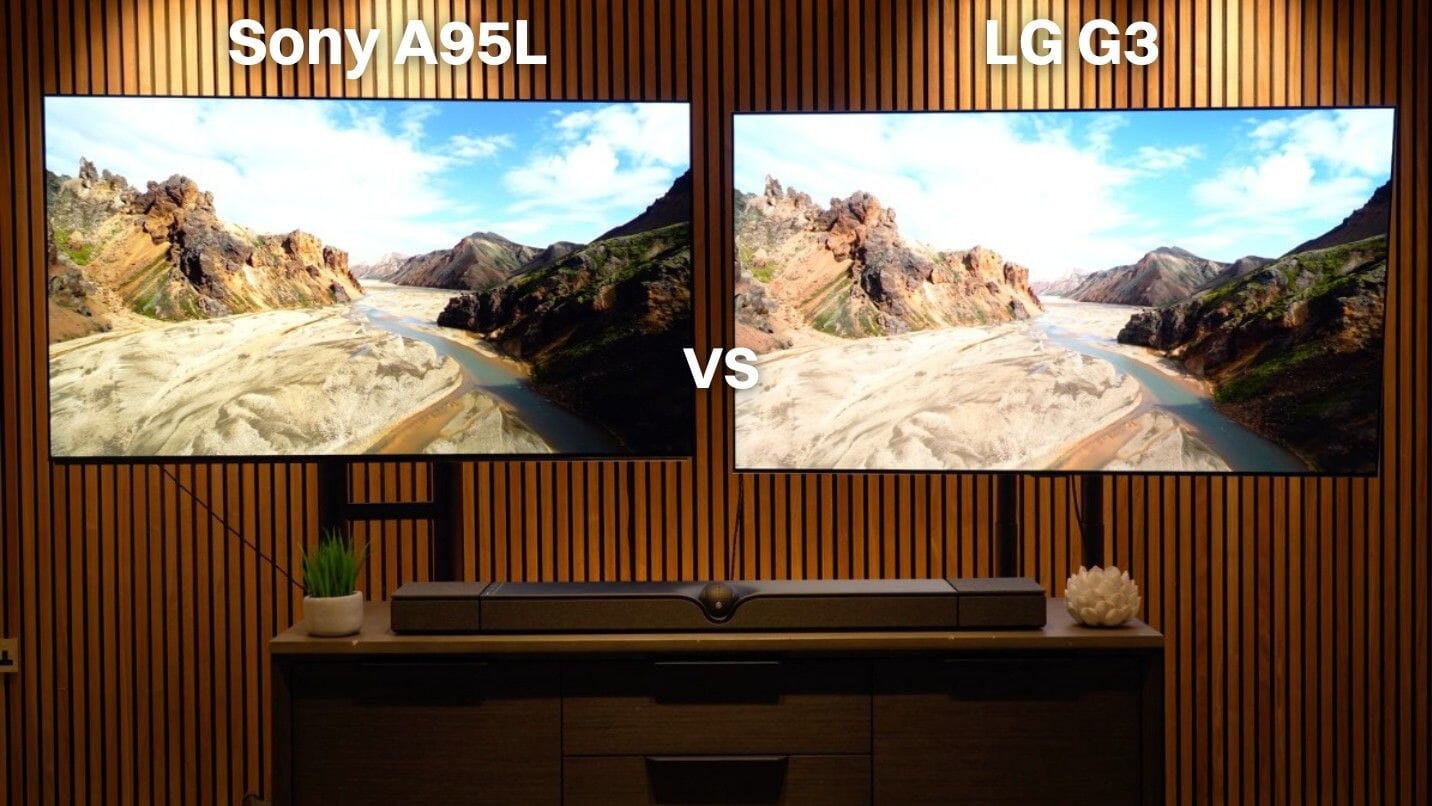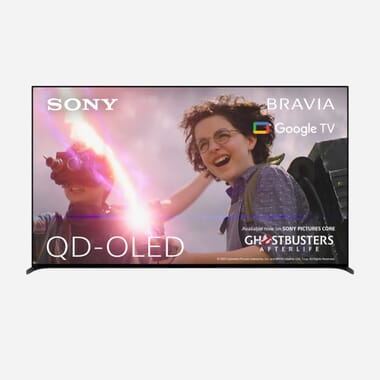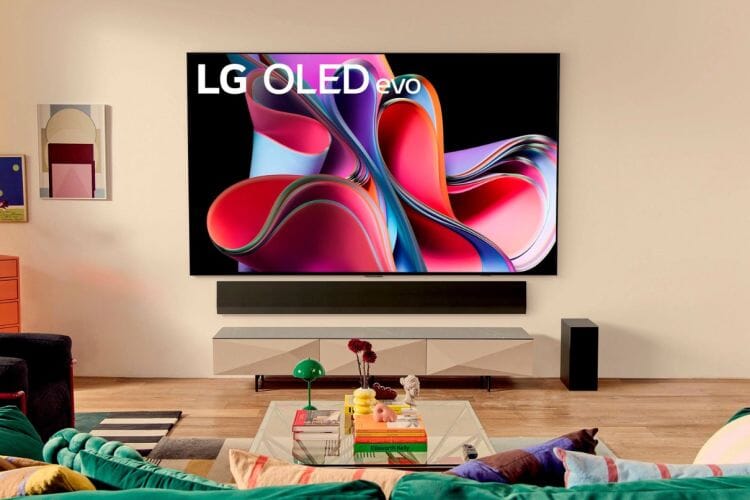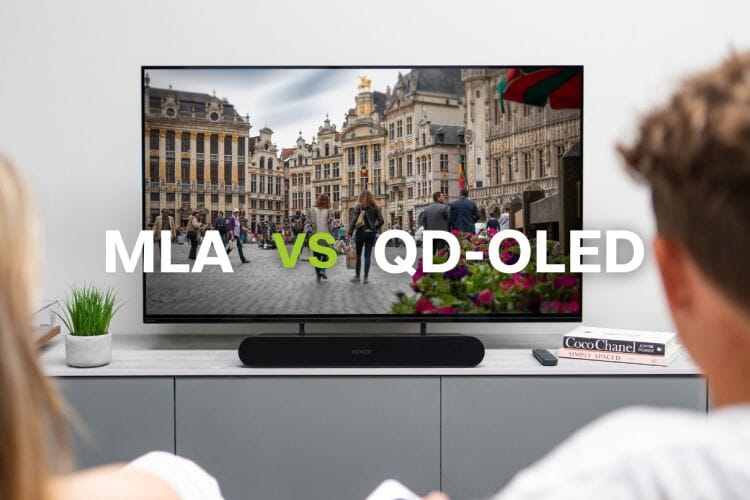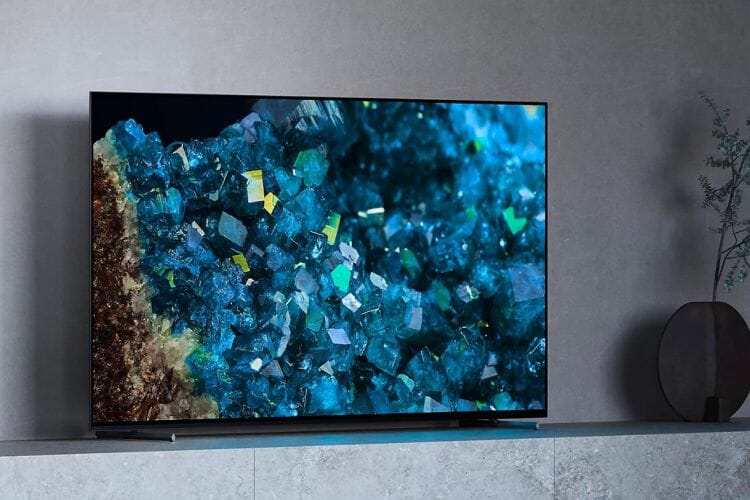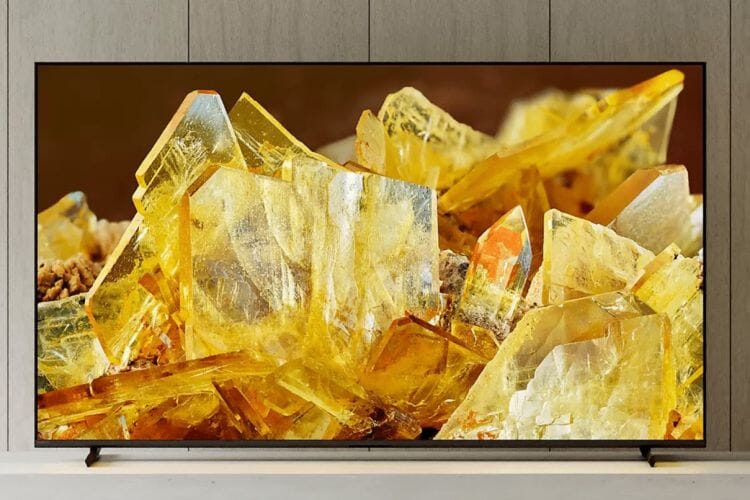Which Flagship OLED TV Is Right For You?
Despite innovation happening across the board, OLED TVs remain one of the most popular options for people looking for a new television. This year, the landscape has undergone a dramatic shift, with LG and Sony introducing groundbreaking advancements in OLED display technology. LG's flagship G3 boasts MLA (Micro Lens Array) technology, while Sony's A95L sports a second-generation QD-OLED display. But, which is the better choice for you?
Truthfully, both of these TVs are excellent performers and whichever you choose will be a top pick. Since their release, the LG G3 and the Sony A95L have rightly asserted themselves as the front-runners in the OLED TV market. However, with a £1000 difference in price, and only one top spot to be claimed, the verdict might not be as obvious as it first appears.
Throughout this blog, we will be breaking down the technical jargon to help you find out which flagship OLED TV comes out on top.
Want a more in-depth comparison? Watch our Ultimate OLED Showdown: LG G3 vs. Sony A95L on YouTube
LG G3 vs. Sony A95L: Price
Traditionally, Sony TVs tend to carry a bigger premium than LG, so naturally, we expected a higher price tag. However, due to the Sony A95L’s late 2023 release, this has compounded the price difference, leading to a much bigger disparity between the two TVs at the time of review.
For context, the 65-inch LG G3 is currently available for £2,299; the 65-inch Sony A95L meanwhile, comes in at a whopping £3,499. We’re looking at a difference of over £1000, making the A95L over 50% more expensive. In fact, you can pick up a 77-inch LG G3 for a similar price of £3,799, making this a very important factor to keep in mind.
Why buy from Smart Home Sounds?
We offer 30 Day Extended returns and Free Next Day Delivery*. Looking for more personal advice? Contact our team of experts today.
TV Technology: What's On Display?
The Sony A95L is a stunning TV that makes the most of QD-OLED technology and a second-generation Samsung-display panel, which, when you add Sony’s picture processing on top, delivers impressive colour accuracy and vibrance. It also features a heat dissipation layer enhanced by advanced thermal analysis that is powered by Sony's cognitive XR processor. This combination effectively manages heat and ensures this TV can go brighter and deliver better colour accuracy than any Sony OLED we’ve seen before.
Alternatively, LG have decided to go for a different route for their premium OLED TV and they have backed MLA (Micro Lens Array) technology in the LG G3 alongside their Alpha 9 AI Gen 6 processor. To put it simply, MLA technology maximises the brightness output of the panel without needing to use extra power. Instead, it improves the efficiency of the OLED pixels and enables the G3 to maximise its peak brightness, making this easily one of the brightest OLEDs we’ve tested to date.
Want to learn more about the technology behind the TVs? Check out our blog article MLA vs. QD-OLED: The Differences That Actually Matter
LG G3 vs Sony A95L: Design
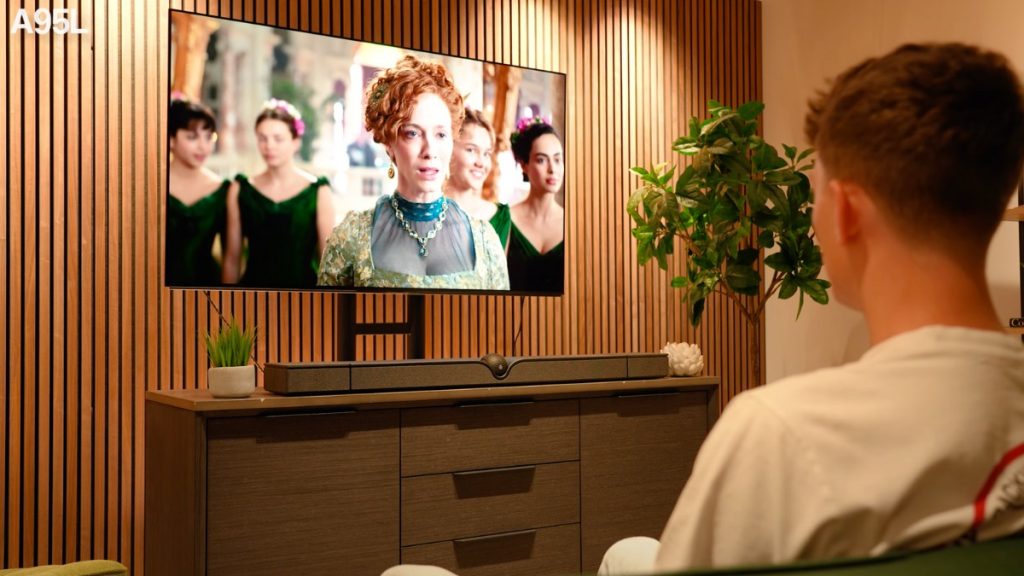
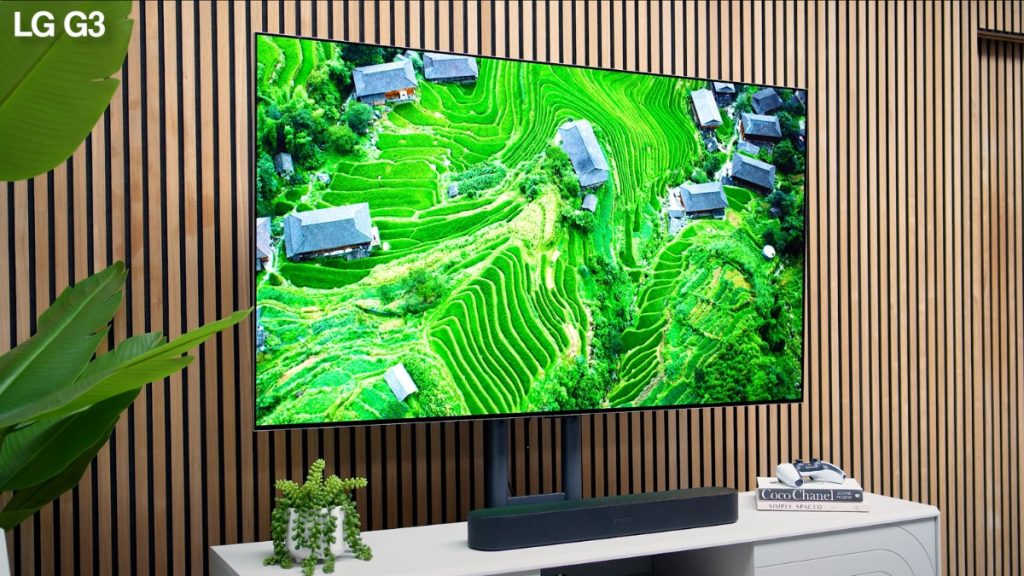
When it comes to design, its hard to argue with either of these flagship OLED models. They both feature premium materials and build quality, and they both offer an almost bezelless finish, making them a joy to have on display.
This year, Sony has thankfully ditched the not-so-practical foot design that we saw on some of their previous TVs, like the A95K. Opting for a more conventional metal foot option that’s ideal if you’re looking to place this TV on a media unit rather than a wall mount.
On the other hand, as a “gallery” TV, the LG G3 has primarily been designed to be wall-mounted and sit flush with your wall to give a picture frame-style finish. Because of this, there is no stand supplied in the box, only a wall mount. There is a pedestal stand available, but that comes with an additional £150 cost, which is a slight frustration of ours.
In terms of controls, the A95L also comes with a premium backlit remote, whereas the team at LG has continued to back their Magic Remote. No, it’s not our favourite option by any stretch, and it doesn’t fit the sleek styling of the G3, but as frequent Apple TV users, we can just about get over it.
LG G3 vs Sony A95L: Picture Quality
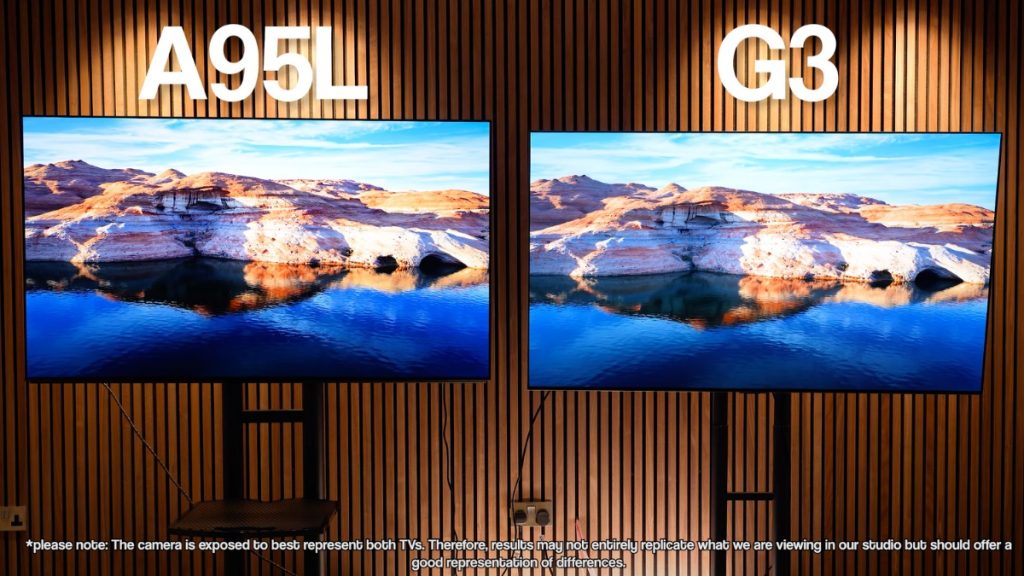
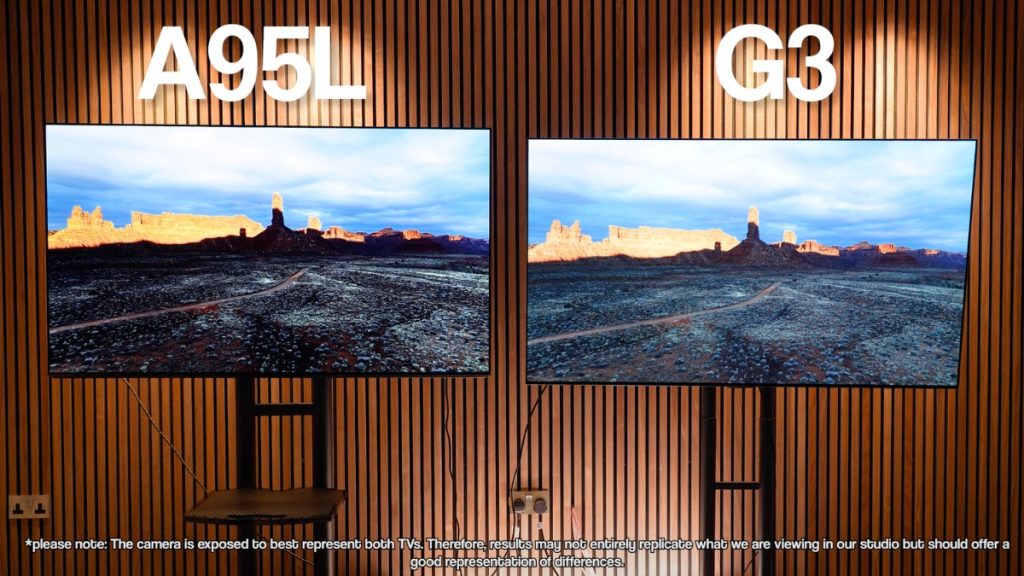
There’s no doubt both the LG G3 and the Sony A95L deliver on their respective promises of stunning brightness and true-to-life colour accuracy. From our rigorous testing, its clear that these are two of the front-runners in the OLED market.
Having spent multiple weeks testing these two models side-by-side, we’ve been able to highlight our key strengths and weaknesses (or lack thereof) when it comes down to picture quality:
| Sony A95L Strengths | LG G3 Strengths |
| ✅ Impressive colour accuracy and realistic skin tones | ✅ Typically produces a brighter image |
| ✅ Convincing dynamic range with deep blacks and bright highlights. | ✅ More visible detail in darker scenes |
| ✅ Overall more detailed picture | ✅ Brighter whites |
| ✅ Improved performance for 4K upscaling | ✅ Impressive motion handling—perfect for sports |
| ✅ Better performance right out of the box | ✅ Greater pound for pound performance |
| ✅ Excellent image processing & upscaling | ✅ Handles reflections better |
| ✅ Great for off-axis viewing | ✅ Great for off-axis viewing |
| Sony A95L Weaknesses | LG G3 Weaknesses |
| ❌ Premium price may outweigh its benefits for some. | ❌ Requires calibration for true realism and true-to-life colour accuracy |
| ❌ Colours can lose saturation in brighter scenes |
💡Note: While we tested both TVs primarily in their standard modes, the Sony A95L excels in this setting, delivering exceptional performance without adjustments. On the other hand, as highlighted in our full review, the LG G3 benefits from fine-tuning to reach its full potential, but it is capable of replicating a similar picture as the A95L.
Want to see these TVs in action? Watch the Ultimate OLED Showdown: LG G3 vs. Sony A95L on YouTube
LG G3 vs Sony A95L: Gaming Performance
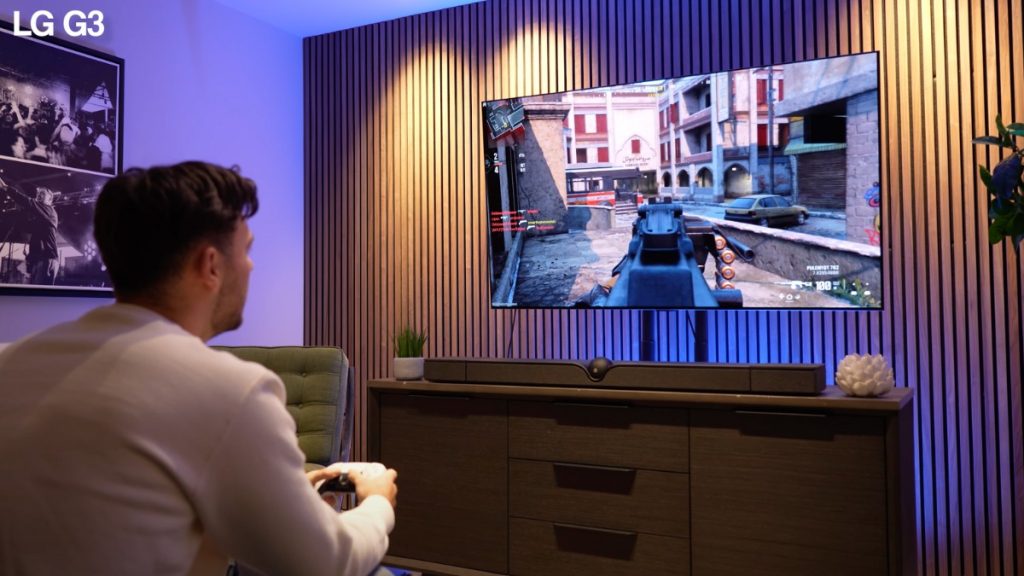
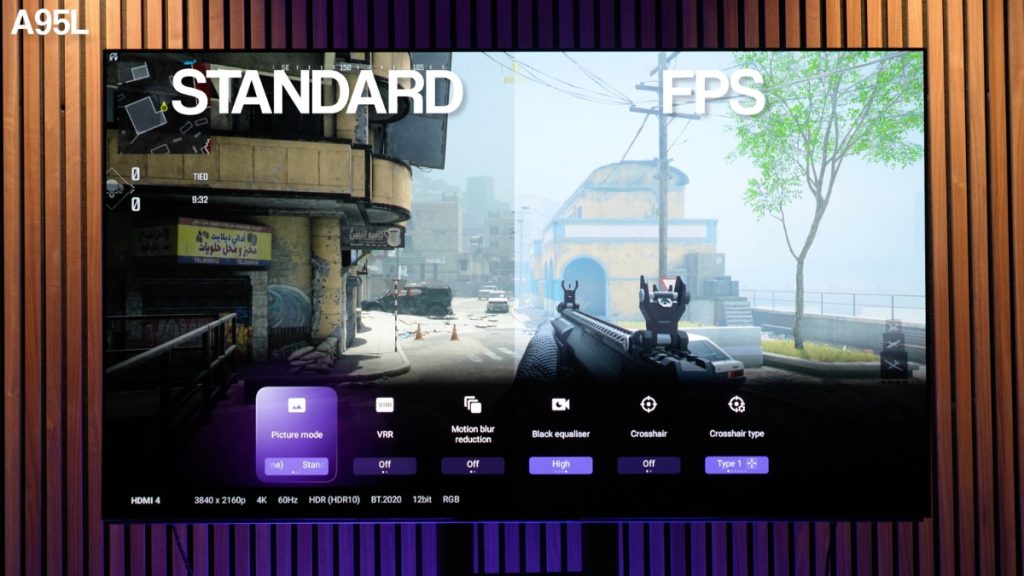
| Sony A95L | LG G3 | |
| Refresh Rate | 120 Hz | 120 Hz |
| Resolution | 4K | 4K |
| HDMI Connections | HDMI 2.1 x 2 (eARC compatible x1) / HDMI 2.0 x 2 | HDMI 2.1 x 4 (eARC compatible x1) |
| Gaming Features | VRR / ALLM / HDR game mode / Black Equaliser | Nvidia G-Sync / AMD FreeSync / Game Optimiser / HDR game mode / VRR / ALLM / QMS |
While we get four HDMI 2.1 ports on the G3 with full 4K/120 Hz support, the A95L only offers 2.1 support on two of its four HDMI connections (with one of those being an eARC port) which could prove annoying if you’re someone with two consoles and an Atmos soundbar, for example.
Besides that, both are very solid options for gaming, with support for 4K/120Hz, ALLM and VRR. When it comes to input lag, the Sony (in game mode) comes in at 8.5 m/s for 4K at 120 Hz, whereas the G3 is around 5.5 m/s in game optimizer and boost mode.
The A95L offers a visually immersive experience, and the very low input lag makes for competitive FPS gameplay. The additional picture modes in the “game” picture mode settings also help to take the performance to the next level. We were particularly big fans of the vibrant, true-to-life colours, rich but well-balanced contrast levels, and fantastic dynamic range that enriched the overall visual performance.
Testing on the LG G3 was also thoroughly enjoyable. It felt very responsive, and the menu’s offer plenty of detail with lots of customisation options available. The G3’s ‘Game Mode’ does seem to reduce the HDR brightness, but it doesn’t really make much of an impact as the TV is so bright anyway.
As expected, the brightness levels are very impressive, helping you see what’s going on in darker scenes with no crushing blacks. Combine this with all of the customisations available to fine-tune the viewing experience to suit you, and again, you’re left with another very capable gaming TV.
Truthfully, both the LG G3 and Sony A95L are brilliant options for gaming. Besides the number of HDMI 2.1 ports, there’s not a lot to pick them apart, and whichever you choose will be more than qualified to deliver a first-class gaming experience.
LG G3 Vs Sony A95L: Audio Performance
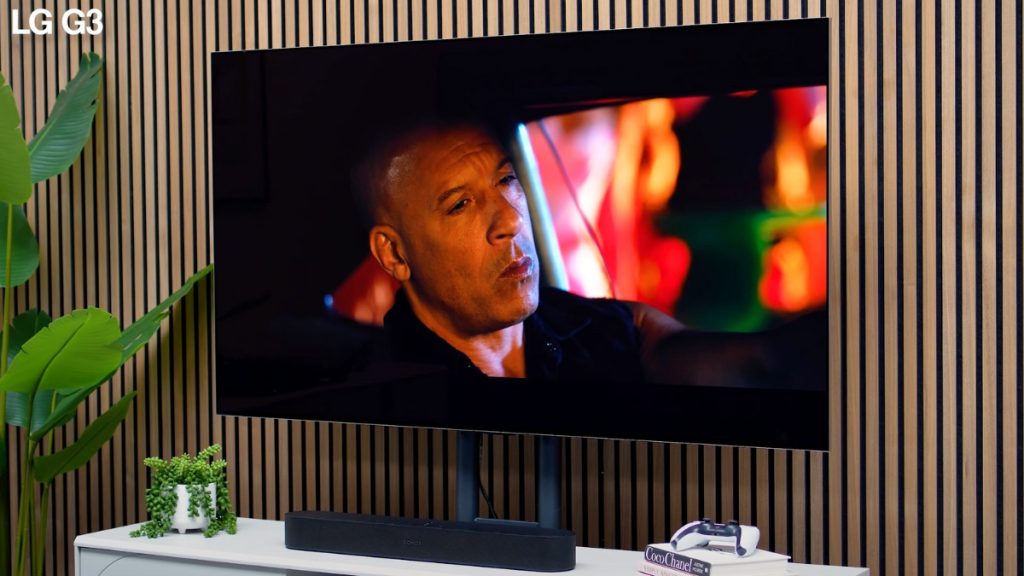
Generally speaking, sound and TVs is a contentious topic, especially when you're investing this much money in a premium model. On one hand, if you can afford these TVs, you likely have a separate audio system, making the built-in speakers feel somewhat irrelevant. However, on the other hand, for the price you pay, you'd expect these TVs to deliver impressive sound that can complement the visuals.
When it comes to audio performance, the A95L clearly outshines its counterpart in terms of sound quality. The A95L offers the best sound we've heard from TV speakers alone. While it's not convincing enough to make us ditch our home audio setup anytime soon, it's surprisingly punchy and delivers impressive clarity that complements the visual performance.
Unfortunately, the same can't be said for the LG G3 as it falls slightly short in this department. We were a little disappointed by the overall sound performance, finding it underwhelming in terms of both bass and vocal clarity. That being said, this isn’t anything a good soundbar can’t fix, so whether you factor this into your decision making process is down to personal preference.
Our Verdict
Despite both of these TVs gunning for the title of best OLED TV, there is a big difference in price, which can't be understated in any comparison between the two.
Based on picture quality alone, the A95L is our preferred choice with its more detailed, true-to-life picture accuracy. However, the G3 is still an exceptional performer that will undoubtedly tick the right boxes for a lot of people and its bright picture and more affordable price point does make it feel like a steal in comparison.
If we had to call it, although the A95L is the better visual performer, considering the 50% increase in price, there is categorically not a 50% increase in performance. The A95L was released more recently though, so we would expect it to drop in price and bring the two closer in the future which is something to remember.
As of right now, the LG G3 offers far greater value for money, even though the A95L wins based on performance. Whether the Sony is worth the premium price tag is another question that solely depends on your personal preference and how much you value having “the best” when it comes to image accuracy.
Ultimately, neither of these TVs will be perfect for everybody, but both will be perfect for somebody. Regardless of which side of the fence you sit on, we’ve got two incredible TVs on our hands, which can only mean good things for us moving forward.
Other Useful Content
Video: LG G3 MLA OLED Review: Massively Overrated or Worth the Hype?
Video: How To Choose The Right TV Screen Size
Blog: MLA vs. QD-OLED: Everything You Need To Know
Blog: Full-Array LED vs OLED: The Differences that Actually Matter
Blog: LED vs OLED vs QLED - What do they mean and which is right for me?
We hope you find this helpful, but of course, we realise that purchasing a new TV is a big decision, so we are more than happy to assist with any queries you may have.
Please reach out on:
| info@smarthomesounds.co.uk | |
| Live Chat on our Website | |
| 0800 677 1100 |



